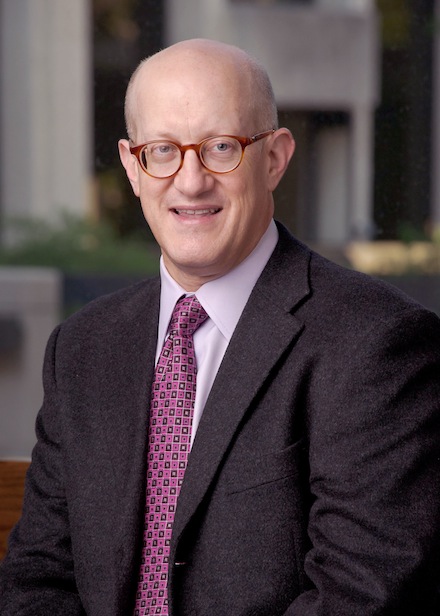Editor’s Note: The impending physician shortage has now bubbled to the surface. And politicians both at the state and federal levels are doing something about it. Texas is facing a broad need, particularly in the wide-open rural counties and in urban sectors where poverty is rampant and infrastructure is lacking. Statewide, there are about 186 physicians for every 100,000 residents, according to the Texas Medical Association. The national average is 236.
But the need is more acute in different sectors of the state. Fifty-seven percent of the state’s practicing physicians operate in the five large urban counties of Bexar, Dallas, Harris, Travis, and Tarrant despite containing just 44 percent of the state’s population. And while 2.2 million Texans (of about 27 million total) call rural communities of 40,000 or less home, these towns contain just 2.5 percent of the state’s physicians.
Part of the shortfall is because of a deficiency in medical residency slots. That can change. And soon. On the state level, legislators this session passed Senate Bill 18 and funneled $300 million into an endowment fund to help pay for more residencies inside the state. At the congressional level, the Resident Physician Shortage Reduction Act of 2015 provides similar assistance with a national scope.
In the coming weeks, D Healthcare Daily will be asking executives at some of the major regional health centers to reflect on the potential impact these measures could have on the state’s physician shortage. Last week, Baylor Scott & White Health’s Joel Allison kicked the series off. You can read his here.
Below, UT Southwestern Medical Center’s Executive Vice President for Health System Affairs Dr. Bruce Meyer provides additional background about why this shortage is so important to tackle.

Residents in fast-growing North Texas can be forgiven for thinking the physician shortage does not affect them. After all, healthcare is one of the biggest industries in Dallas—surely we have enough doctors.
But the truth is that the provider shortage has an impact on virtually all of us in one way or another. And the doctor shortage is more severe in Texas than many parts of the country, ranking 45th in the nation in the number of physicians per population. This is an issue for primary care, and in some cases, even more of a problem for people seeking specialty care.
For starters, Medicaid and Medicare patients in many areas of the Dallas-Fort Worth Area face a shortage of primary care and specialty physicians who will accept patients covered by those programs. And some physicians will treat only their current patients covered by Medicaid or Medicare, but not new ones.
The downside for patients is delayed access to a doctor who will treat them. None of us want to wait longer than necessary to see a physician when we’re sick, or worse, have a delay in diagnosis or treatment that affects our long-term health. The constraints around access for Medicaid and Medicare patients also cause scheduling bottlenecks that have a ripple effect on everyone.
Population growth in the suburbs is another factor driving the physician shortage. Because growth is higher outside the core areas of Dallas and Fort Worth, suburban residents are often most affected by physician shortages, especially in specialty and sub-specialty areas.
Meanwhile, as those of us in the “boomer’’ generation age, we are seeing significant growth in the Medicare population. An increasing number of those patients wind up enrolled in a variety of “at-risk” Medicare Advantage plans (these plans require doctors and hospitals to be “at-risk” for lower payments if costs increase) which limit patients to a more restricted or “narrow network” of physicians and facilities.
In addition, Texas is among the Sun Belt states experiencing rapid population growth among retirees, as well as younger people and families drawn here by the favorable business environment that has generated new jobs.
So what does the future hold? Regardless of the increase in medical schools, we need more medical education training programs. UT Southwestern is doing its part as the largest provider of graduate medical education in Texas, and among the largest providers in the nation.
More than half of the physicians caring for patients in the region received either their medical school education and/or graduate medical training at UT Southwestern in conjunction with our partner institutions. We are also adding new programs and adapting our educational offerings to train students for the health care environment of the future, not the past.
This is important because we can all expect that some of our care will be provided by non-physician providers like Advanced Practice Nurses, Physician Assistants, Nurse Midwives, Nurse Anesthetists, Psychologists and Home Health Aides as part of a care team rather than a single physician who meets all of our health care needs.




